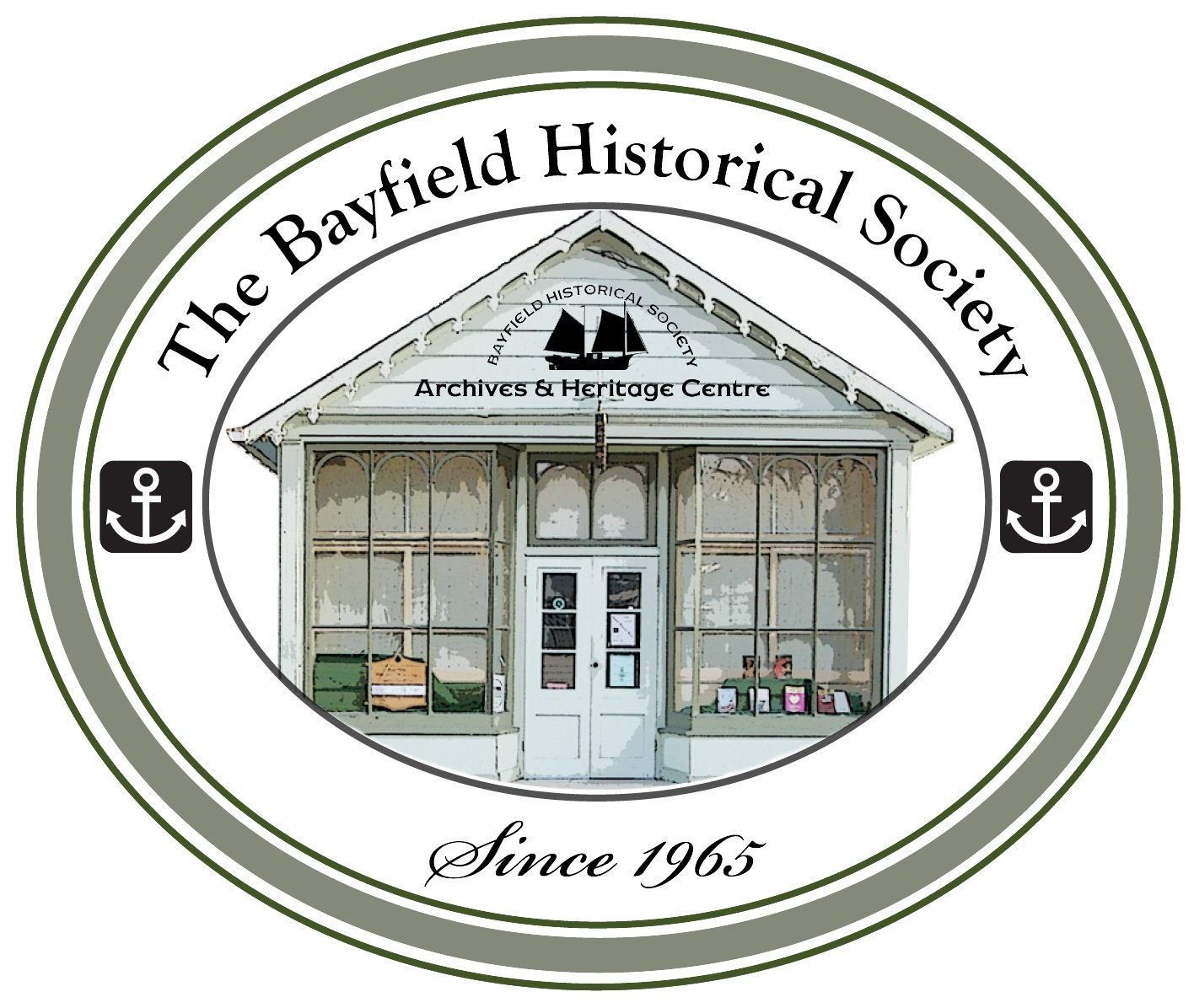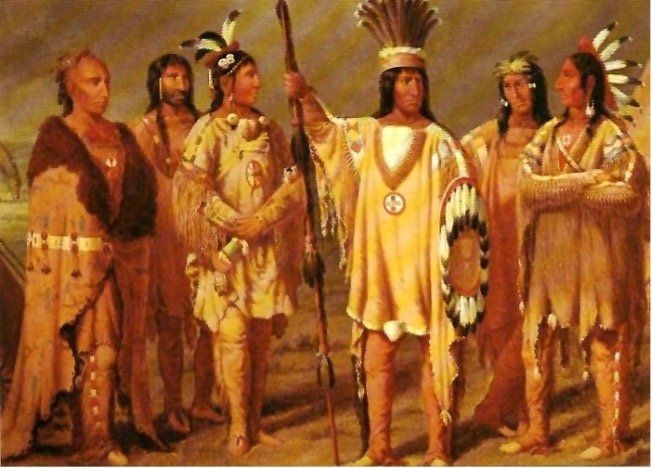“Wyandot Warriors.” Source: LegendsofAmerica.com.
The Huron/Wendat Confederacy
The Huron or Wendat Confederacy was another affiliation of First Nations who joined together in defence against the Haudenosaunee, or the Five Nations Iroquois Confederacy of present-day New York State.
The Indigenous peoples referred to themselves as Wendat. After contact with Samuel de Champlain in 1615, the French called them “Huron,” perhaps meaning “boar’s head” because of their distinctive hair style. The Wendat consisted of at least four different sub-groups and were situated from the southern part of Georgian Bay and east along the St. Lawrence River. One of these was the Tionnontatehronnon, sometimes called Petun or Tobacco Huron in other sources.
The Wendat were more agricultural than the Anishinaabeg and consequently lived in larger, more permanent settlements. Like other Iroquoian-speaking people, they relied on maize, beans, and squash for much of their subsistence. They had close relations and traded with the Neutral (Attawandaron) and Petun (Tianontati), who were Iroquoian-speaking, but also with the Odawa and other Algonquian-speaking people. Around 1650, the Huron/Wendat dispersed, some moving east towards what is today Montreal and others heading west into Michigan and Wisconsin, where they became known as Wyandotte. Some even joined with the Anishinaabeg nations in the Three Fires Confederacy (Belshaw, chapter 5.5, “Strategic Alliances”).
Sources
Belshaw, John Douglas. Canadian History: Pre-Confederation. 2nd Ed. BCCampus. Victoria, BC. https://collection.bccampus.ca/textbooks/canadian-history-pre-confederation-2nd-edition-bccampus-68/
“First Nations of Simcoe County: A History.” Innisfill Historical Society. https://firstnations.innisfillibrary.ca/
“Huron-Wendat”. Canadian Encylopedia. https://www.thecanadianencyclopedia.ca/en/article/huron
“Wyandot Warriors.” https://www.legendsofamerica.com/wyandot-huron-tribe/


